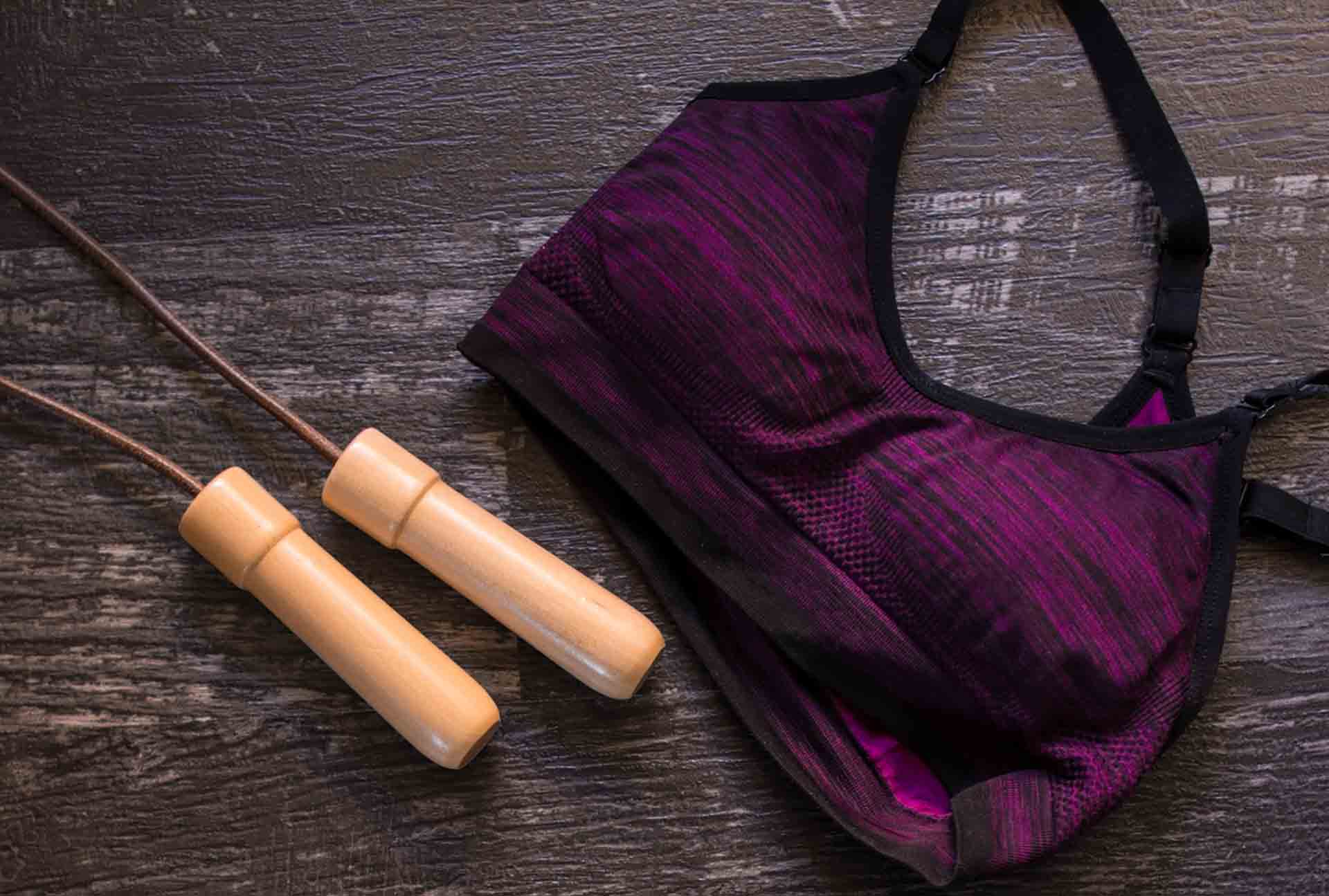-
If you’ve ever had thrush, rest assured you’re not alone. Around 75 percent of women will experience vaginal thrush at least once, and while it can happen at any age it’s more common during the reproductive years, i.e. around 15 to 50 years old.
Even if you’ve never had thrush, it’s worth understanding what to look for, and what you can do to avoid it. Read on to learn more.
What is thrush?
Vaginal thrush is very common. It’s sometimes referred to as a ‘yeast infection’ and as the name suggests, it’s caused by an overgrowth of candida (yeast), which is naturally present in the vagina. When something causes the yeast to multiply - like antibiotics, oral contraceptives or steroids - you can get thrush as a result.
It’s also more common during pregnancy, or if you have diabetes, an iron deficiency or a weakened immune system.
MORE: Am I pregnant?
While thrush is not considered a sexually transmitted infection (STI) and is generally not spread through person-to-person contact, it can make sexual activity uncomfortable and sex can make your symptoms worse.
Symptoms of thrush
Call it thrush, call it candidiasis or call it a yeast infection. Whatever the name, the symptoms can be more than a little unpleasant.
They include:
- Itching, burning and soreness.
- A thick white discharge (often compared to the consistency of cottage cheese).
- Redness and swelling in and around the vagina.
- Discomfort or pain during sex.
- A stinging or burning feeling while urinating.
Treatment is usually simple, using an anti-fungal cream, pessary tablet or one-off oral tablet, and occasionally thrush symptoms even resolve themselves without medication.
Preventing thrush
There are lots of things you can do each day to help maintain your vagina’s natural balance and avoid getting thrush. And that doesn't involve sticking to a strict candida diet, or using elaborate vaginal cleanses that some celebrities swear by.
General hygiene
Your vagina is designed to clean itself, so keep it simple:
- After using the toilet, always wipe from front to back to keep candida from being spread.
- Wash your private parts once a day, and substitute soap for sorbolene or other soap-free washes, or even just wash with water.
- Don’t use douches or soak in bubble baths or bath salts.
- Avoid using antiseptics or perfumed products (including toilet paper) in the genital area.
- Wash underwear in hot water, and don’t use fabric softeners.
- Candida thrives in moist, warm places, so avoid wearing tight-fitting pants and jeans, synthetic underwear, wet swimwear and panty liners.
- Where possible, choose 100% cotton products when you have your period.
MORE: Hygiene tips every woman should know
Medication
- Only take antibiotics if you have to. And ask your doctor if anti-fungal options can help.
- Talk to your doctor about a low dose oral contraceptive if that’s an option for you.
- If you have diabetes, make sure you have a plan in place to manage your blood sugar levels and stick to it.
Diet
There’s little evidence to support specific diet changes to prevent thrush, but experts recommend improving your general health to help build a strong immune system. This includes:
- Eating a nutritious well-balanced diet with plenty of vegetables and fruit
- Getting the right amount of quality sleep
- Avoiding smoking, excessive drinking and drugs
- Limiting stress.
With many factors contributing to yeast overgrowth and vaginal thrush, it’s not surprising that symptoms can rear their head again just when you think they’re gone. If it’s a problem that keeps coming back, you may have a strain of thrush that’s resistant to standard over-the-counter treatments, or even a different condition with similar symptoms. Either way, it’s important to see your doctor at the first sign of thrush symptoms, so you can get to the bottom of it.
For more information on women’s health, please visit our page here.
Thrush: signs to look out for

-
How to choose the right sports bra
Feel supported and comfortable through any workout with a good sports bra.
-
Recovering from laparoscopic surgery
Find out what to expect after laparoscopic surgery
-
Why women should do weights
Strength training isn’t just for muscle bros
-
What are Kegels?
And why you need to do them.
-
Can you reduce the effects of PMS?
Up to 30% of women experience severe premenstrual syndrome.
-
Periods on the pill
Are they really necessary?
Subscribe to receive the best from Live Better every week. Healthy recipes, exercise tips and activities, offers and promotions – everything to help you eat, move and feel better.
By clicking sign up I understand and agree to Medibank's privacy policy






